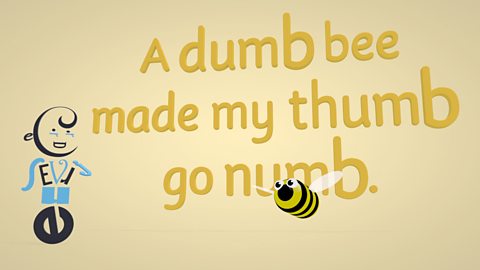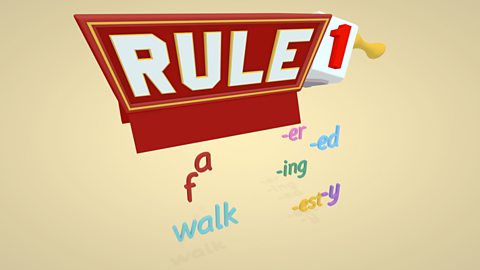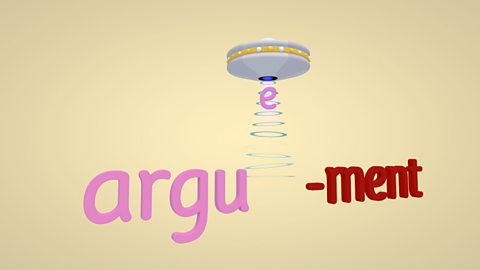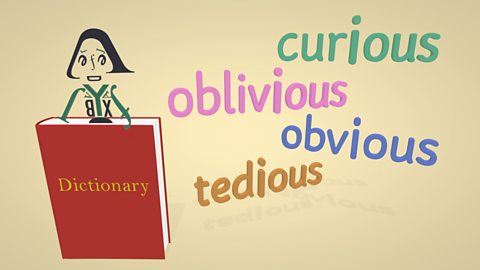Video summary
A pair of homophones are demonstrated being used in the same sentence, shown pictorially to represent their meaning.
Some of the example sentences include; 'I hear itãs here', 'Keeping the peace is a piece of cake', 'Donãt worry Iãve seen him make a scene like this before' and 'Itãs big enough to make a grown man groan'.
There is a final recap of all the homophones used with an explanation of whoãs and whose; ãwhoãsã is a contraction of ãwho isã, whereas ãwhoseã is a pronoun like mine or their.
This short film is from the ôÕÑ¿èÓ series, Wonderful Words, a series of animated clips to support vocabulary knowledge.
Teacher Notes
This short film could be used to introduce or to reinforce the different meanings and spellings of common homophones.
Pupils could be given a passage that includes a variety of homophones, and asked to find them all.
This short film is relevant to teaching English at KS2 level in England and Northern Ireland and Second Level in Scotland.
Prefixes. video
A fun, animated guide explaining how prefixes can usually be added to the beginning of words.

Homophones. video
A fun, animated guide explaining that homophones are two or more words that sound the same but have different meanings and often different spellings.

Silent letter b. video
A fun, animated guide explaining that silent letters are found in lots of English words.

Silent letters. video
An animated guide to words containing silent letters.

Suffixes - part 1 of 4 video
A fun, animated guide to the rules for adding the suffixes 'er', 'ing', 'ed', 'est' and 'y'.

Suffixes - part 2 of 4 video
A fun, animated guide to the rules for adding the suffixes 'ment' and 'ly'.

Suffixes - part 3 of 4. video
A fun, animated guide to the rules for adding the vowel suffix 'ation'.

Suffixes - part 4 of 4. video
A fun, animated guide to the rules and exceptions for adding the vowel suffix 'ous' to root words.

ä»